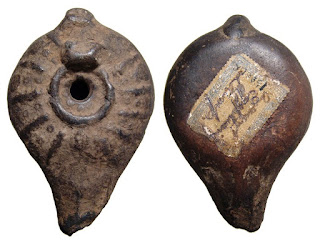Probing the authenticity of antiques
Everybody hates a fake. Things of high value must be proven authentic before they can be acquired because money and reputation are at stake. But how to prove it? In this article, Sadigh Gallery shares the fundamentals of knowing the real deal when encountering precious items.
 |
Image
source: thehindu.com |
Aesthetics: This one depends on personal taste. The aesthetic value may vary from one person to another, depending on how informed they are, influencing their view. On the other hand, some items have what they call a universal aesthetic appeal.
 |
Image source: printabletemplates.com |
Authenticity: Many questions must be answered before something can be proven authentic. Questions about its realness, the period from when it was made, the artist or company who designed it or created it, the signature over it, are just some of the tests that a precious item must undergo to pass for authenticity.
Located in New York City, Sadigh Gallery is a family-owned business specializing in ancient artworks and coins from around the world. The business is known for its affordable ancient antiquities and friendly down-to-earth service. For more information, visit its official website.



Comments
Post a Comment